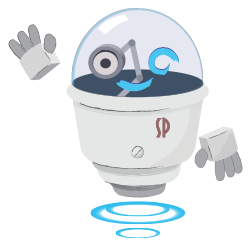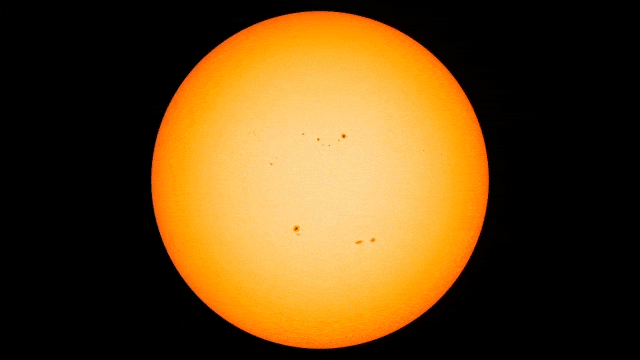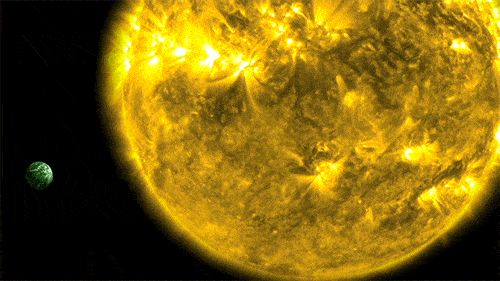
Caution!
Eye Safety During a Total Solar Eclipse
Except during the brief total phase of a total solar eclipse, when the Moon completely blocks the Sun’s bright face, it is not safe to look directly at the Sun without specialized eye protection for solar viewing.
For safety information, visit the NASA Eclipse Safety Page.
A transit is when one object crosses in front of another in space. This can happen in a lot of different ways. One example is when the Moon passes between Earth and the Sun. The Moon is “transiting” the Sun. This is also called a solar eclipse.

In a solar eclipse, we can see the Moon “transit”—or pass in front of—the Sun. Credit: NASA/JPL-Caltech
But the Moon isn’t the only object that can transit the Sun. We can also see the planet Venus when it passes between Earth and the Sun on its orbit. This is called a transit of Venus.
Because of how the orbits of Venus and the Earth line up, we can’t see the transit of Venus very often. The last transit of Venus was on June 6, 2012, but the next one isn’t until 2117!

A video of the 2012 transit of Venus from NASA's Solar Dynamics Observatory. Credit: NASA
What about other types of transits? Earth, the Moon and Venus are all in our solar system, and they all transit our Sun. But there are lots of other stars, and many of them have their own planets.
Planets outside our solar system are called exoplanets. If the orbit of a planet is lined up just right, the planet will pass in front of—or transit—the star that it orbits. Looking for transits is one of the ways that scientists find exoplanets. When a transit occurs, the light from the star dims by a very small amount. That dimming can be measured.

When a planet transits a star, the planet blocks some of the star's light. We can measure how the light changed to get information about the planet. Credit: NASA's Goddard Space Flight Center
The amount of light blocked by the planet tells us how big the planet is compared to its star. The amount of time between each transit tells us about the planet’s orbit. These transits give us a lot of information!

This illustration shows the seven TRAPPIST-1 planets as they might look as viewed from Earth using a fictional, incredibly powerful telescope. In this illustration, two of the planets are transiting the TRAPPIST-1 star. Credit: NASA/JPL-Caltech
If there is more than one exoplanet orbiting the same star, we can tell them apart by their transits. For example, scientists discovered seven exoplanets around a star called TRAPPIST-1. All seven were found by their transits.


